Canon EOS R3 for wildlife photography
Canon EOS R3 for wildlife photography

Introduction to the Canon EOS R3
Pangolin Photo Host and wildlife photographer, Sabine Stols shares her impressions on the Canon EOS R3 for wildlife photography while testing the camera on the Chobe river in Botswana. Watch the full review below:
Before switching to the Canon R3, Sabine was shooting with Canon EOS 1D Mark II, so this is her perspective between the two and if the Canon R3 is one of the best cameras for wildlife photography.
One of the standout qualities of this camera is the flexibility of tools built into the camera body. Firstly, the camera is much lighter than Canon EOS 1D Mark II, which is excellent because every few grams that come off in wildlife photography is a bonus when using the camera in conjunction with a sizeable telephote lens, for example. With a card and battery inside, the R3 weighs about 1015g / 2.2lb.
Another great feature of the build is that it has a vertical grip, so there is no need to purchase an additional battery grip like on the Canon R5 or R6. Finally, like the 1D Mark II and III, the R3 uses LPE 19 batteries, so you don’t necessarily need to buy new batteries if switching from either of those cameras.
The R3 has a good battery span and, from Sabine’s personal experience, can last between 3 and 4 hours (or 2000 shots) on continuous shooting. While this is noticeably less than the 1D, it is to be expected with the added features of the R3, like the electronic viewfinder.
The camera body is robust with a magnesium alloy coating, water resistance, and dust-proofing capabilities. The actual grip feels good and is comfortable in hand.
Another bonus is the flip (articulated) screen they have included in this model. This feature is especially great for low-angle shots. Canon always impresses with their customisable buttons on their higher-end cameras, and the R3 is no exception. An example is the ability to set 3 back button focus options and assign different auto-focus functions to each button. In addition, the wheel on top (like the R5 and R6) can be customised to exposure compensation.
The switch from photo to video is also an excellent addition to the back of the camera, which the R5 and R6 don’t have. Finally, on the top of the camera, you will find a newly designed hot shoe and the extra length of the eyepiece on the viewfinder. The more protruding eyepiece accommodates Canon’s eye control autofocus feature.
The viewfinder itself has an excellent, very high resolution. However, Canon also allows you to simulate an optical viewfinder if that is what you are used to, and the electronic viewfinder feels a bit strange to you.
However, it is essential to note that if you use the optical viewfinder simulation, you can’t see changes you make in the viewfinder, like exposure compensation. So Sabine recommends sticking to the normal electronic viewfinder view, where you can see how your exposure and colours change.
Since it is a mirrorless camera, it has an RF mount where you can mount RF lenses. However, the adaptor for EF lenses works brilliantly as well. Sounds great, right?
Yes, but if Sabine had to share some of the disadvantages of the body, it uses two different memory cards: CF Express Card Type B and an SDXC UHS-II card. She would have preferred to see a similar set-up to the 1D Mark III, where you have two of the same card slots. Another element is that Canon has included only a Micro HDMI port on the camera where the body could easily have enough space for a regular port. But, as Sabine says, she still bought the camera, so minor negatives are just a personal preference.
While filming the review, Sabine used the R3 with EF glass mounted via the EF to RF adaptor. Overall, she felt the autofocus to be more refined than on the R5 and R6, and the eye detection works slightly better. One of the best features, though, is that there wasn’t an issue of the focus locking onto the background, which she has experienced quite frequently on both the R5 and the R6.
Canon has also now included some new auto-focus area zones, which can be customised, meaning you can adjust the size of each zone to your own preferences. In the past, Sabine notes that she was never a big fan of using zones for focusing, but now that they have also included subject tracking that can be toggled on and off in each autofocus area, she might actually use the zones more often to lock onto a subject or a group of subjects and then have the camera track it across the entire frame.
If you’d like to see how Sabine has set up the R3 for wildlife photography, then watch the video below.
As mentioned earlier, Sabine loves the three back buttons with different autofocus options. She has one button dedicated to Canon’s eye control autofocus, while the other two cover animal eye detection and spot autofocus. This combination allows for great flexibility fo§r wildlife photography. The eye control is basically designed so that wherever you look inside the viewfinder, the camera focuses; although it is not a function that Sabine would probably use a lot, she did find that it works like a charm when she quickly has to switch focus between subjects.
Another helpful element of eye control (sometimes) is that if you can’t grab focus with the animal eye detection, you can quickly use the eye control to point your camera in the area you want to focus. From there, switch back to animal eye detection. Again, this is often quicker than trying to shift the focus point yourself.
On that note, though, Sabine says that animal eye detection still has little room for improvement – the same was with the R5 and the R6. For now, animal eye detection usually works best on birds rather than larger mammals. However, her “keep” rate is much higher now using the animal eye detection that her manually trying to shift the focus points on erratic moving subjects.
Back to the eye control autofocus – it is designed to be pixel precise when focusing, not to track fast-moving subjects across the frame but to switch focus from different areas within the frame quickly. After calibrating it only once for landscape and portrait orientation, it worked great on Sabine’s eye, noting that she only struggled when her eye wasn’t close enough to the viewfinder and some light entered from the back. So when using this feature, you need to make sure that you press your eye against the viewfinder and close it completely.
This could be problematic if you wear contact lenses or glasses, so you need to do a few more calibrations depending on whether you are wearing them. Lighter-coloured eyes are also said to have issues with eye control but remember this is only the first version of Canon’s eye control on the mirrorless system, and there will be improvements, we are sure!
In wildlife photography, two things are usually of interest when shooting in low light conditions. These are: how the camera performs autofocus in very dark scenarios – can it still autofocus nicely and quickly – and the second one is how the camera handles high ISO values. Is there a lot of image noise? How is the image quality?

With the Canon EOS R3, the autofocus does work like a charm in low-light conditions! Shooting between branches along the Chobe River, Sabine says the camera did not disappoint; “once it grabbed onto the subject, it stayed there.” So, animal eye tracking works perfectly in these low-light conditions.
So, all in all, the R3 performs quick and accurate autofocus and having the flexibility of three focus options just by shifting your finger is truly revolutionary in wildlife photography.
The Canon EOS R3 has a full-frame back-illuminated stack sensor which ensures faster readouts and, therefore, a reduced rolling shutter, which Sabine didn’t find a problem in wildlife photography. During her initial test, Sabine didn’t encounter any rolling shutter issues, but let’s talk about the 30 frames per second electronic shutter that results from the faster readouts. In addition, they are full 14-bit raw files without any compromise, which in itself is mind-blowing.
Now, is 30 frames per second overkill? Well, in most situations, we’d say yes, but imagine yourself photographing high-action scenarios like a kingfisher diving into the water or birds fighting in mid-air, passing food, or once-in-a-lifetime hunt – then all of a sudden – this feature is a phenomenal asset. And the buffer time issue is something in the past too.
Yes, post-production might be a bit tedious shooting through all the images, but if you get the shot, no one will complain!
Now, when talking about the 24 million pixels, for Sabine personally, coming from her previous camera (20 million pixels), it is always nice to have the additional pixels, especially for those moments where you can’t get close to the subjects, and you need the extra detail to crop in post-production.
In summary, the megapixel count of the R3 gives a good balance between image quality, high ISO performance and file size. The camera also renders the colours beautifully with lots of colour depth. Zooming in, there’s plenty of detail, even for 24 million pixels, and the dynamic range is pretty impressive too.

The astounding thing about the Canon EOS R3 for wildlife photography is the high ISO performance of this camera. The image detail, dynamic range and colours are fantastic up until an ISO of 10 000. When going up to 12 800 or 16 000 ISO, this camera still delivered what Sabine would call useable results. More noticeable detail loss seems to start only above 20 000 ISO, but there was no terrible visible colour shift even when shooting that high. Sabine notes that for a rare sighting, she’d be happy to shoot with an ISO of up to 25 600.
The R3 also has high in body stabilisation which is effective when using non-stabilised lenses, and up to eight stops of image stabilisation when using specific RF lenses. So a great feature and a bonus, especially when shooting slow shutter speeds handheld.
So, is the R3 Canon’s best camera for wildlife photographers yet? ABSOLUTELY! Although the EOS 1D X Mark III is still Canon’s flagship, the R3 combines the significant advantages of the mirrorless system with the durability and robust build of the 1D X series. Sabine has already invested in the R3 and has no regrets; the familiar feel in hand, the compact size and lighter weight, and the custom button options on the camera all make it a winner.
Animal eye detection, eye control autofocus and subject tracking are perks that, once used, are hard to forget about. Additionally, having the much smoother smart controller to move the focus point, instead of the joystick on the R5 and the R6, is a small but significant upgrade. And, of course, far more focus points and the ability to track subjects across the entire frame is a no-brainer when photographing wildlife, and finally, having a fully articulated touch screen that makes low-angle shots so much easier.
In wildlife photography, these are all essential features, and Canon has refined a lot from the R5 and R6 while designing a body that feels very close to a Canon EOS 1D Mark II without the bulky weight. So a definite winner from the team at Pangolin. We’d love for you to put your camera to the test on the Chobe River.
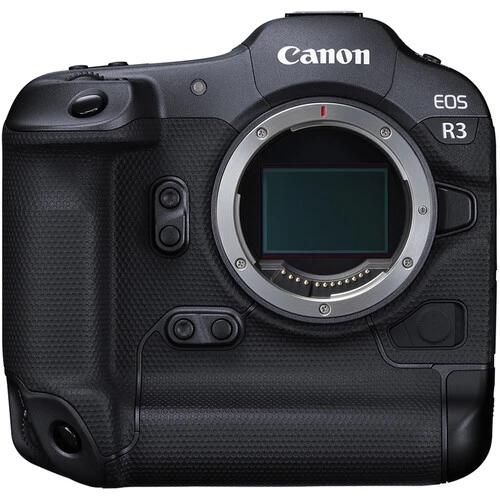
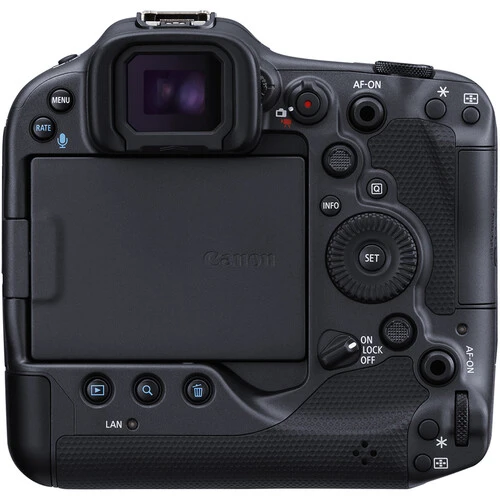
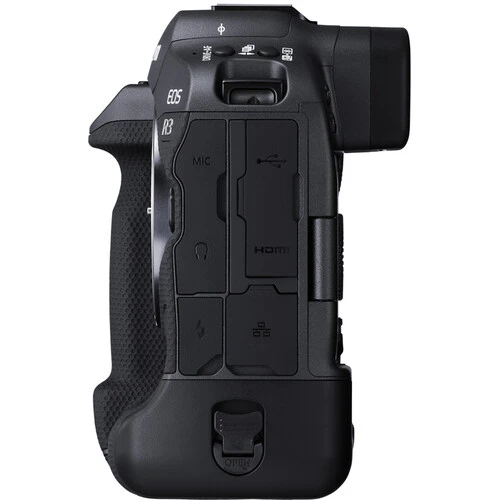
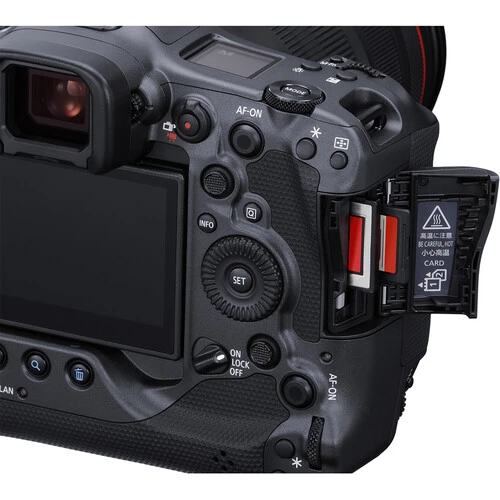

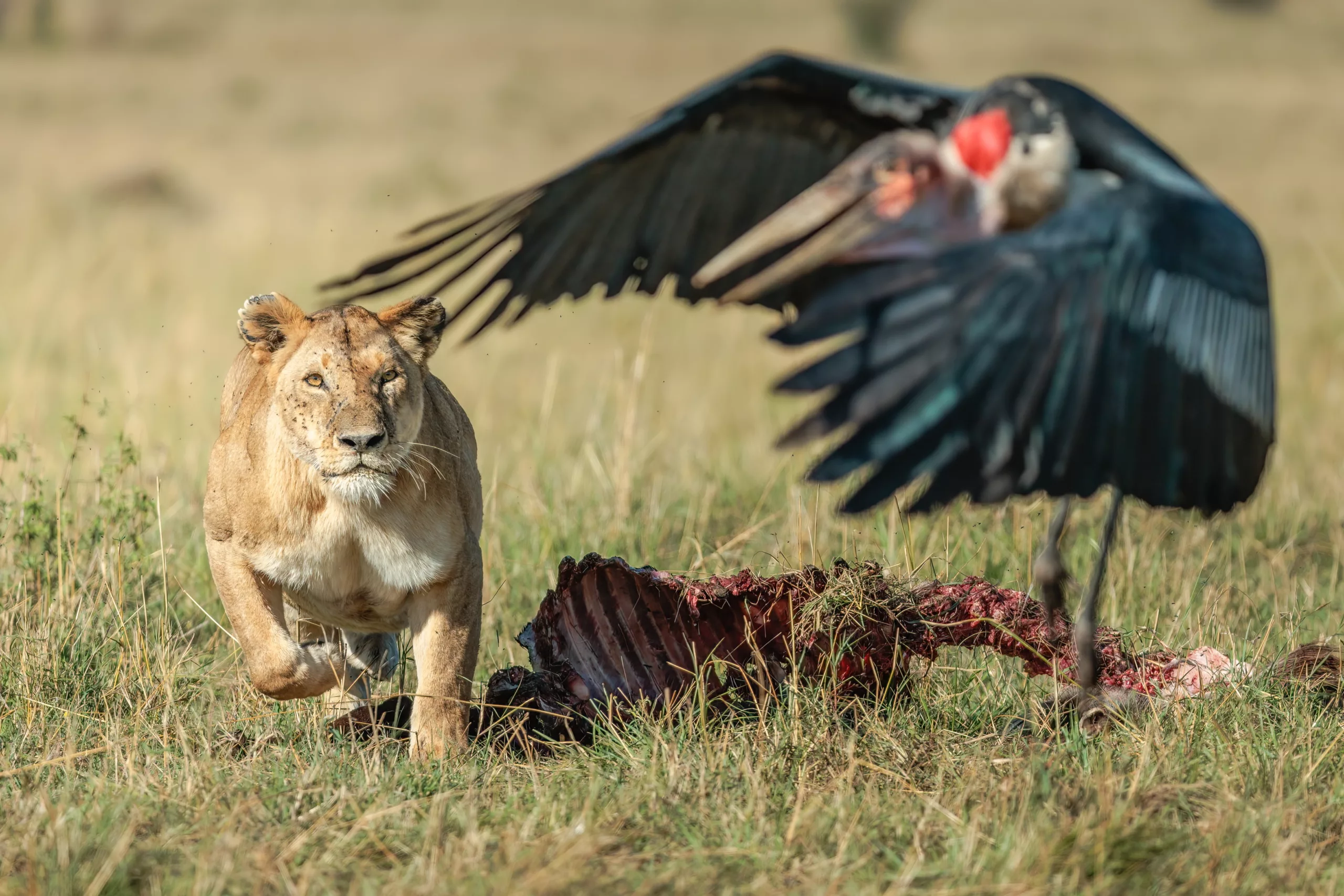
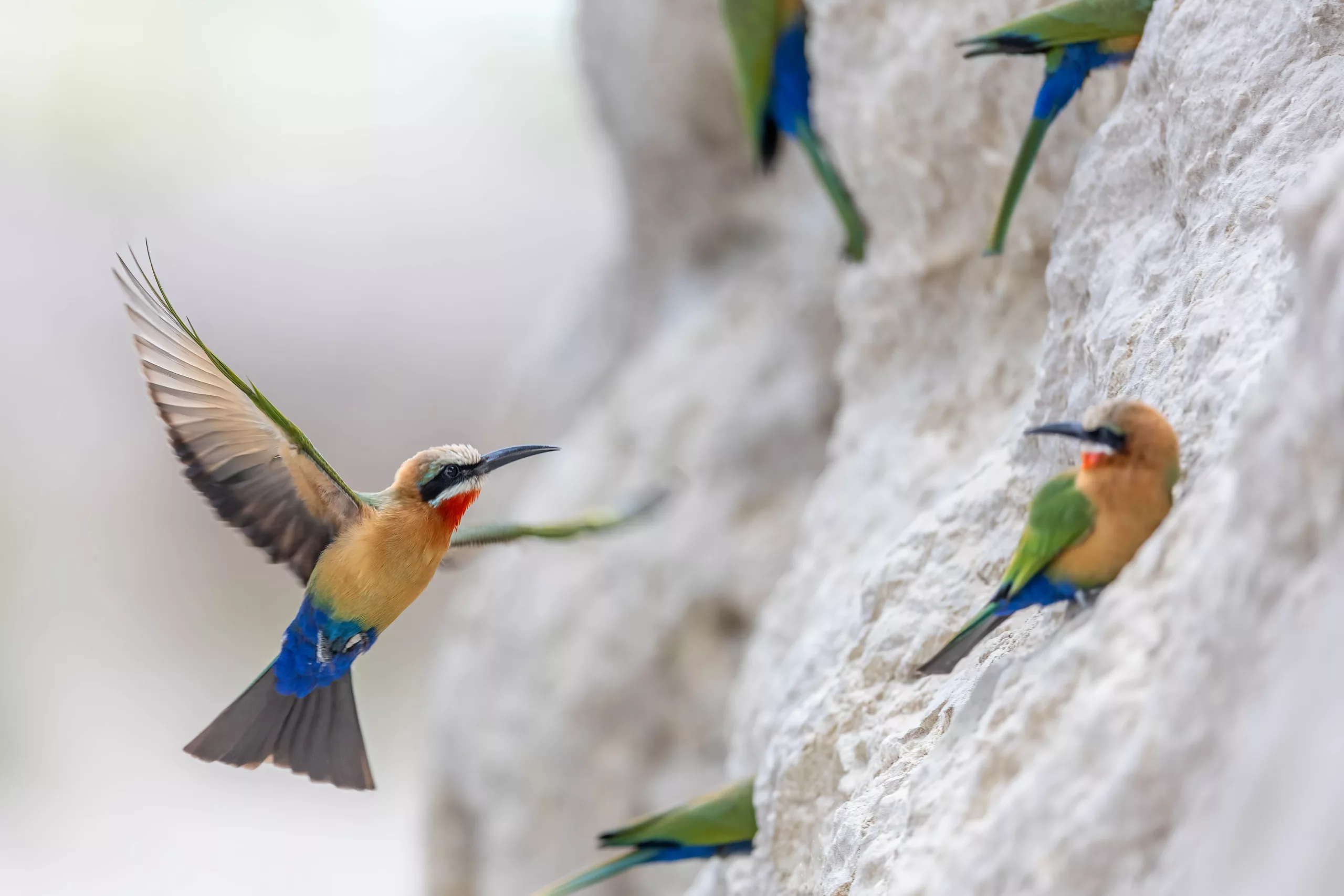
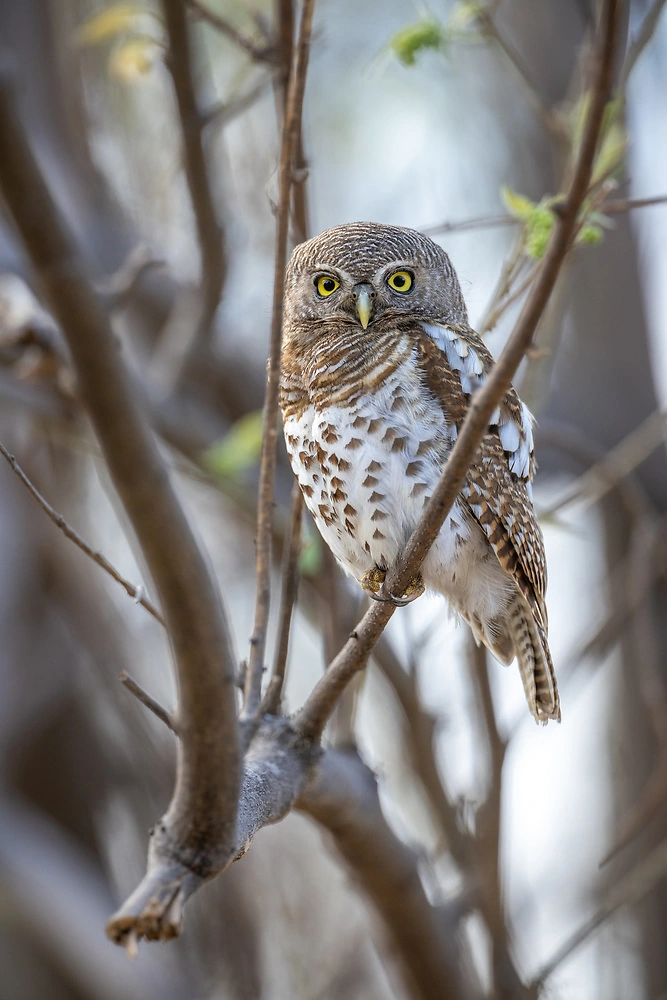
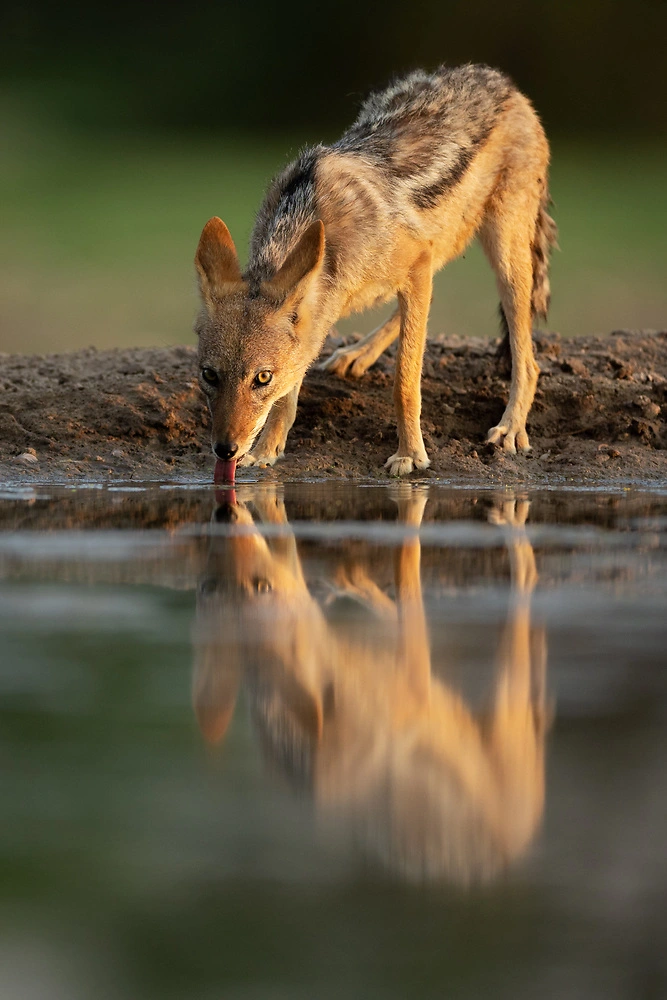
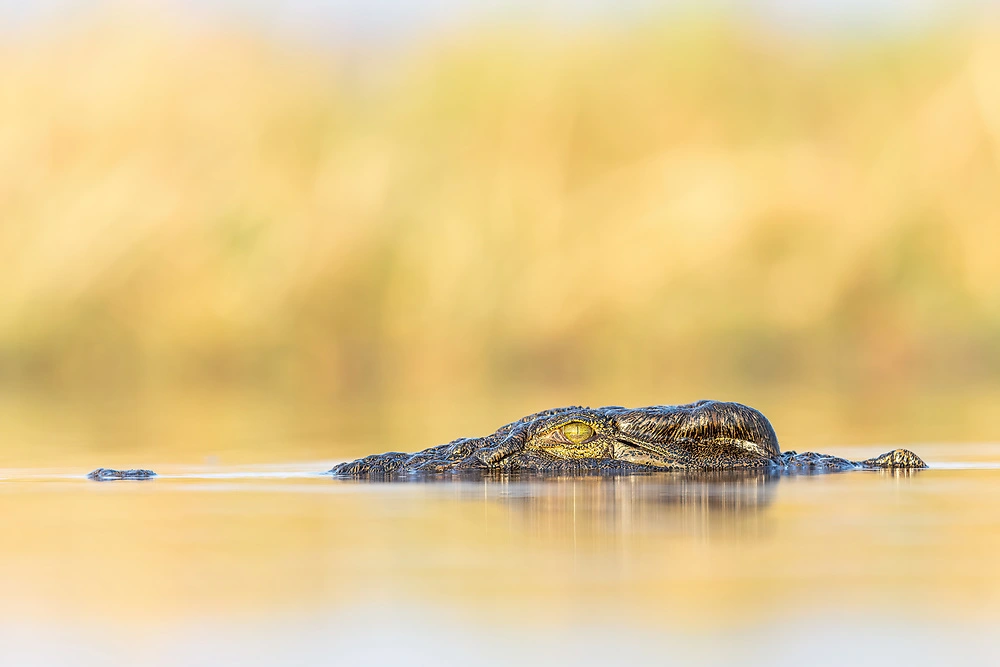
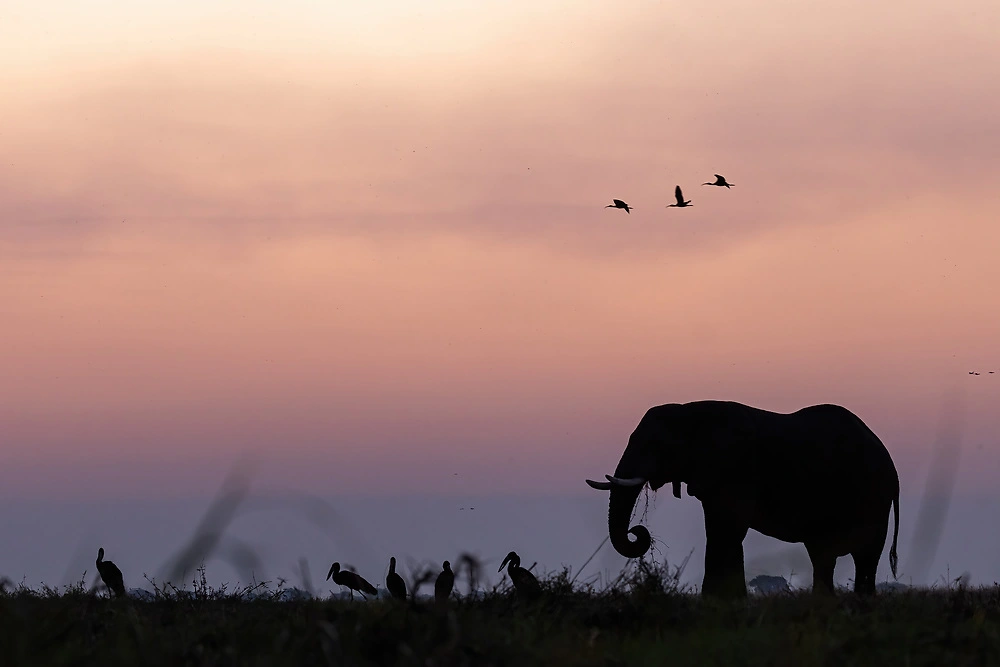
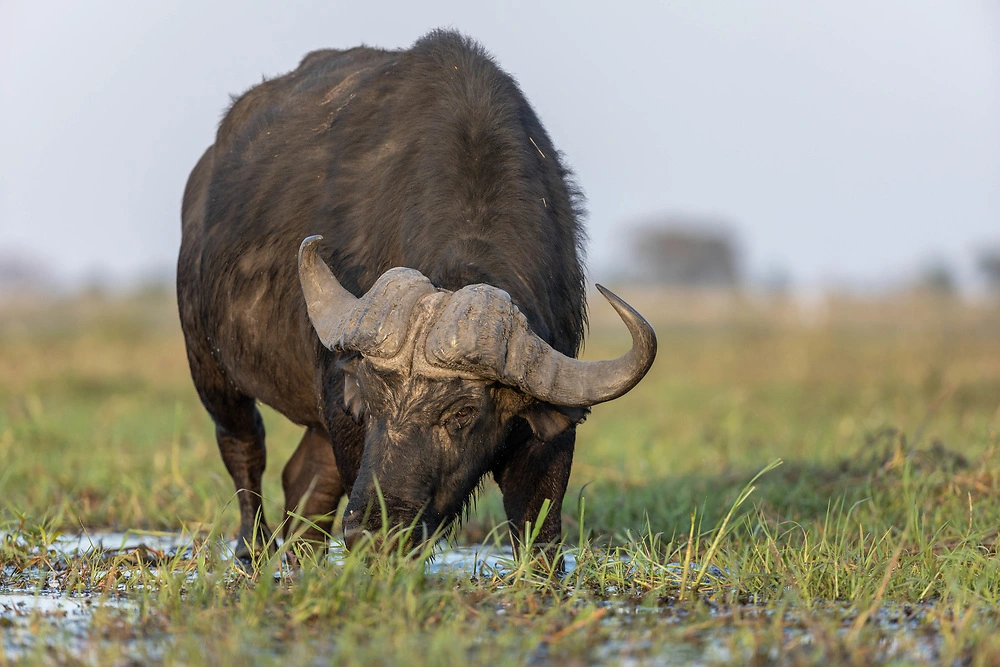
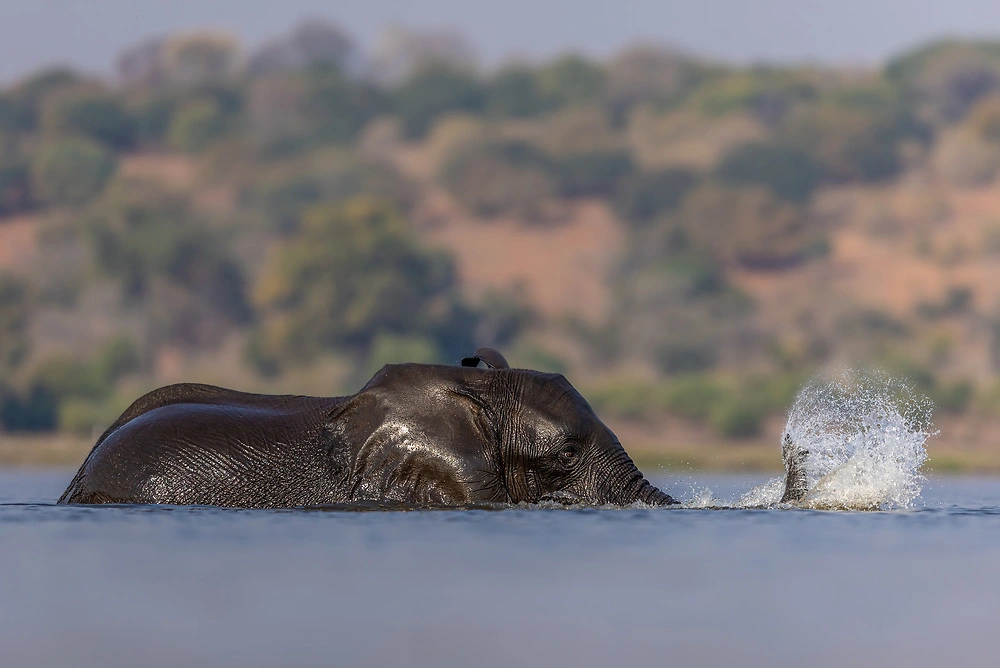
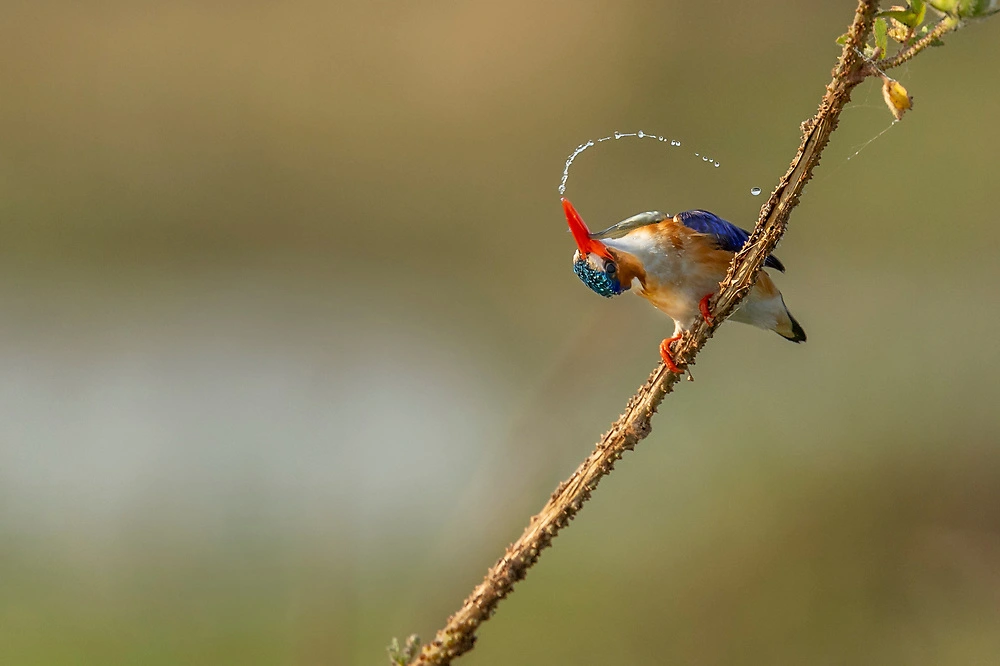
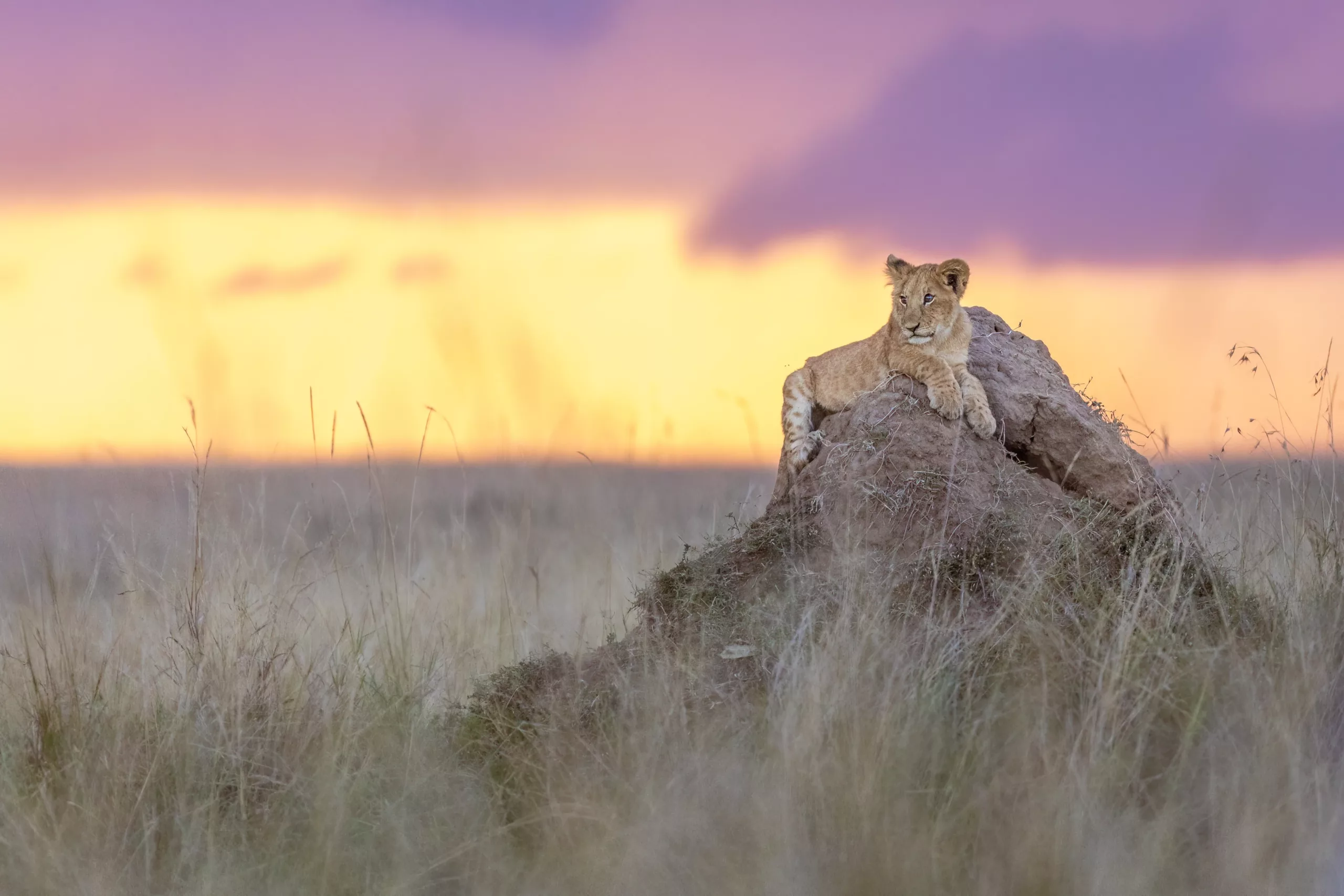
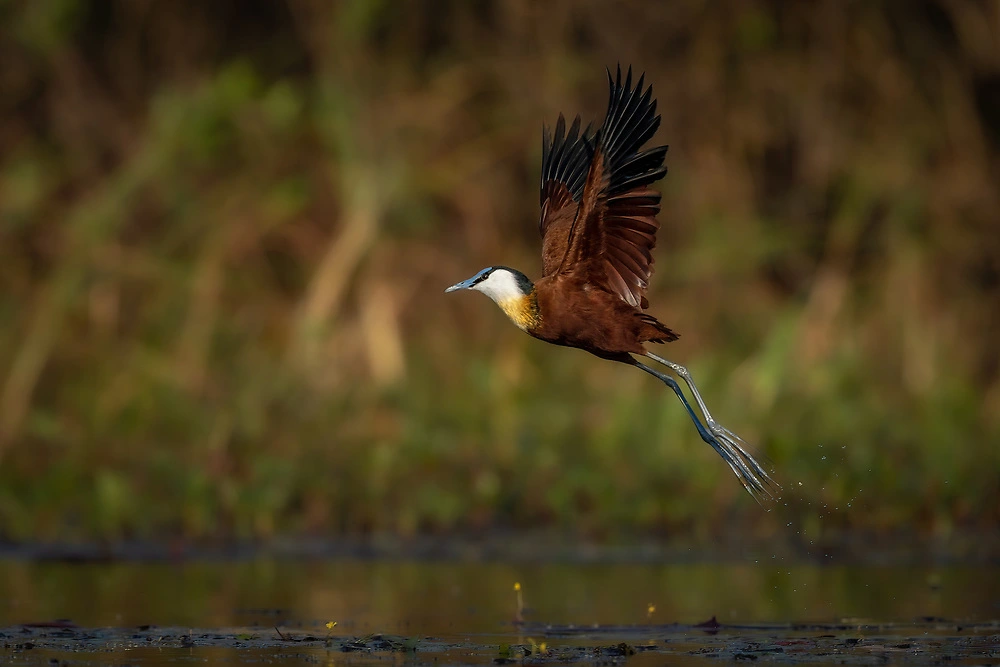
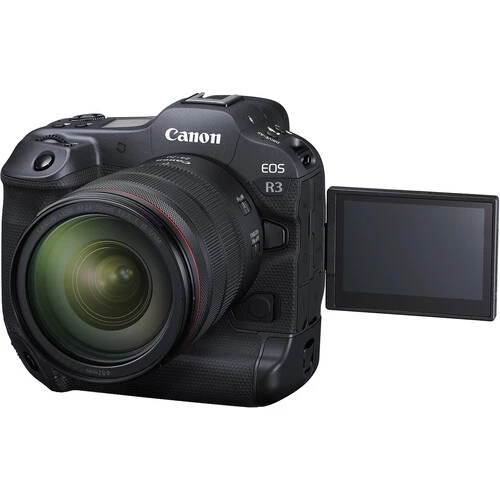
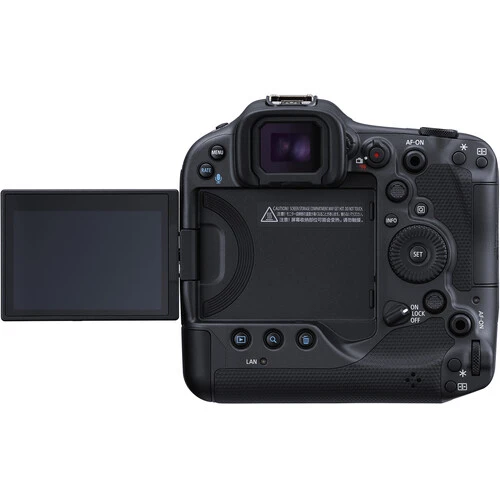
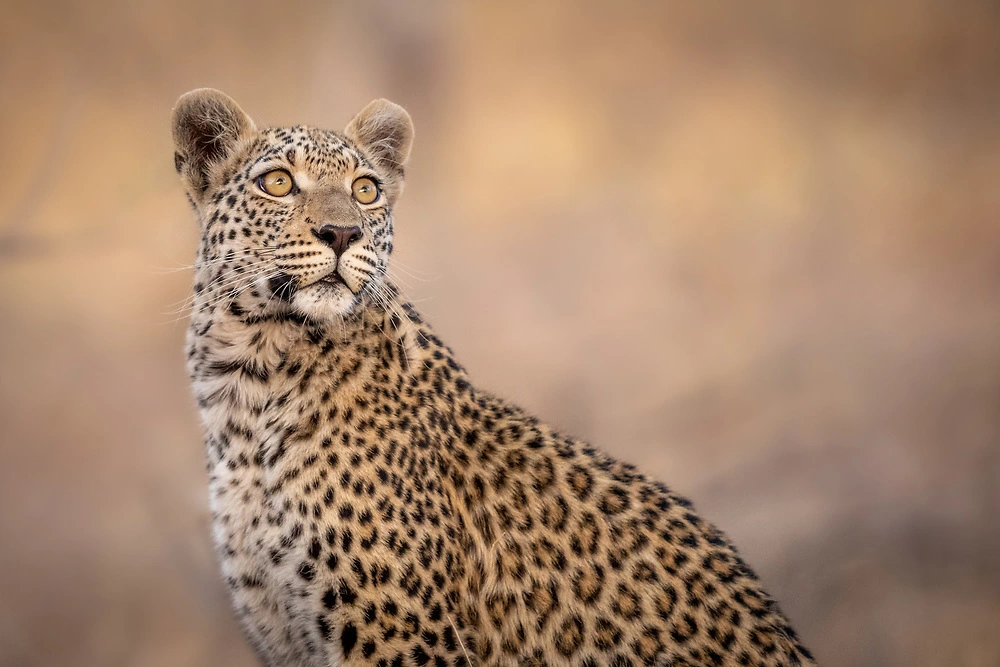
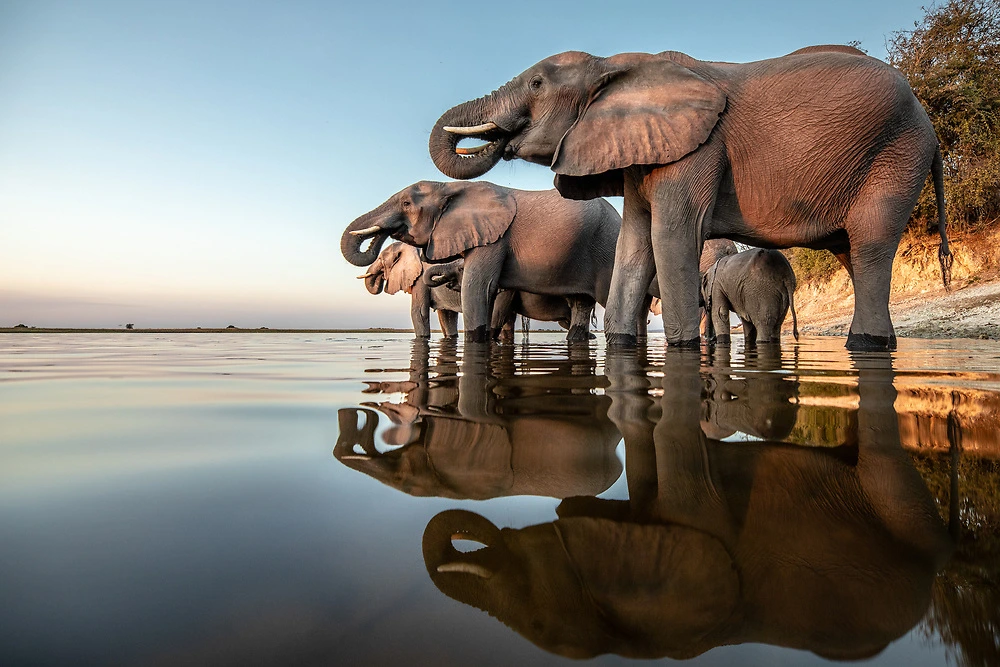
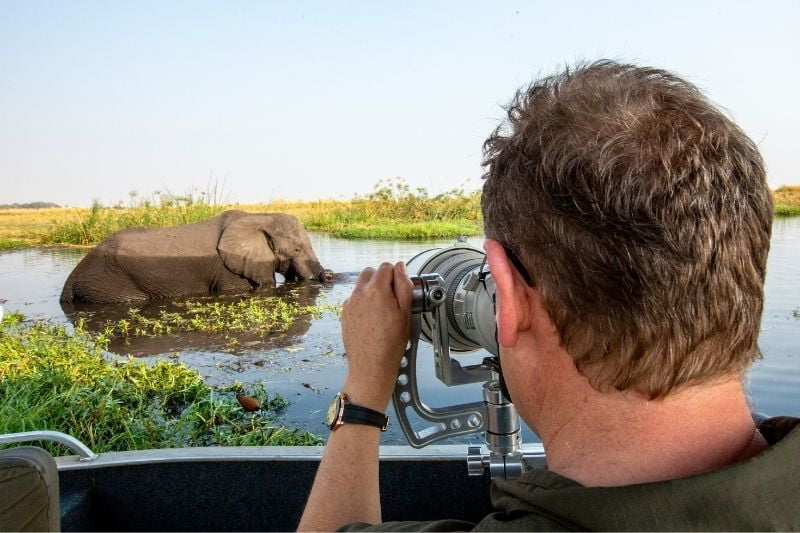
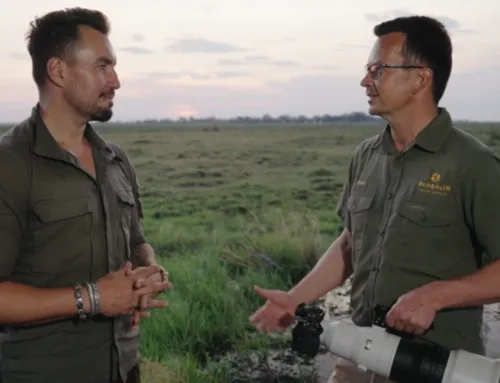
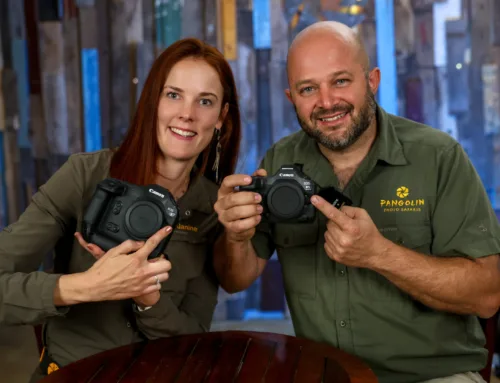
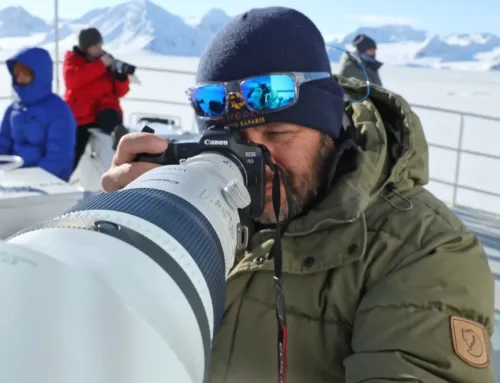
Leave A Comment
You must be logged in to post a comment.